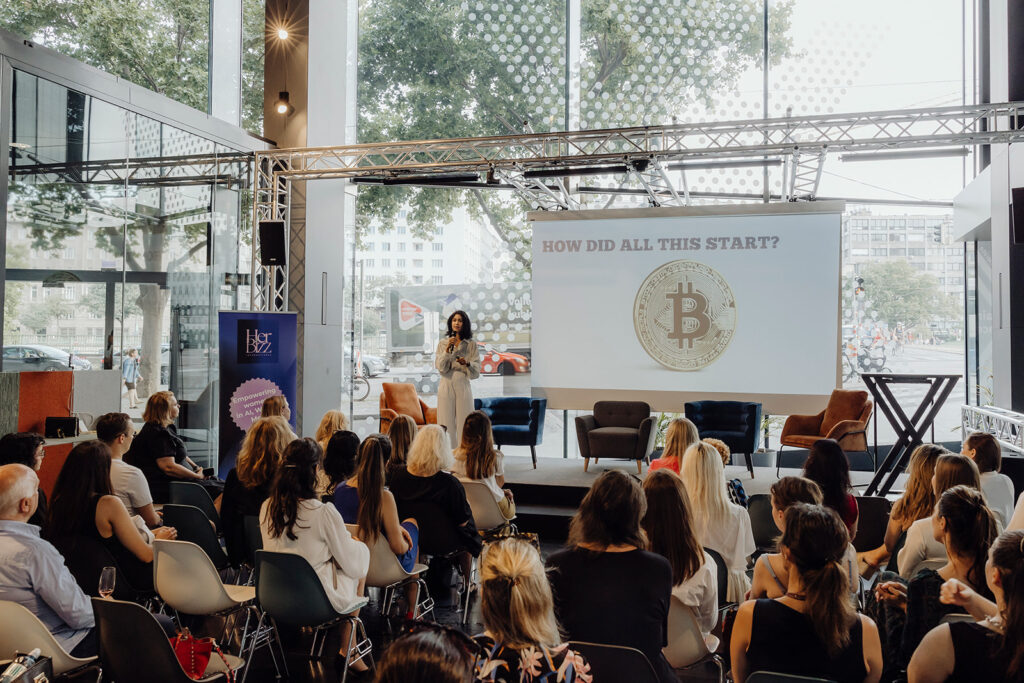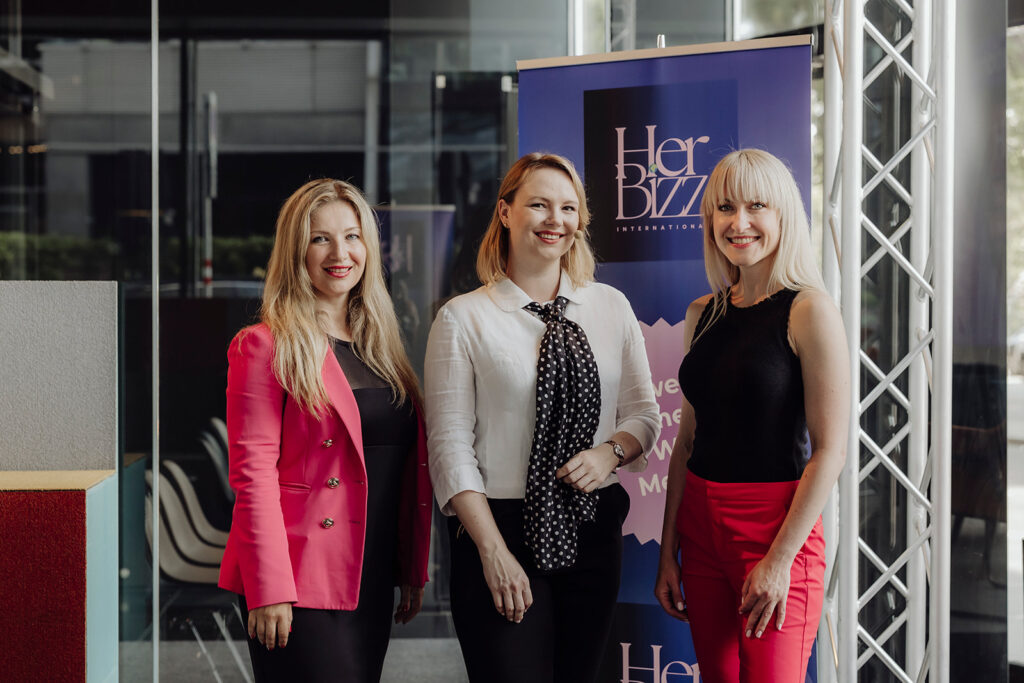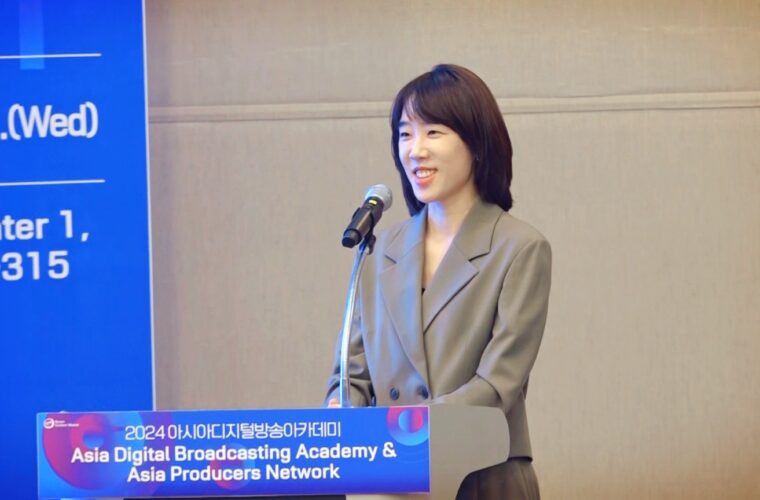In recent years, the tech sector has undergone seismic shifts and is evolving at a pace that challenges even the most agile minds. Within this change, AI, Web3, and media are not just parallel developments; they are becoming tightly interconnected threads that drive technological and societal shifts. From decentralised finance to advancements in AI, these changes are rewriting the rules and creating unique opportunities across industries.
Yet, one critical element often gets overshadowed in the race for innovation: the importance of a robust, inclusive network that empowers and amplifies underrepresented voices in tech. As Co-Founder of HerBizz International, I have witnessed the transformative impact that a network can bring—not only within tech companies but also in bridging the divide between technology, innovation, and media. These technologies can fuel one another, reshaping industries and empowering communities in ways that feel like glimpses into the future.
Let us explore how AI, Web3, and media interact, what possibilities exist, and why they are rapidly becoming essential to one another.
AI Needs Media and Web3
Content and data source
AI models, incredibly generative AI, rely on diverse, extensive datasets to refine their algorithms and expand their creative capacity. Media content serves as one of the richest data sources for training these models, supplying everything from textual content to visual and audio data. This partnership is foundational: it allows AI to produce culturally relevant, context-aware content that feels more intuitive and useful in various applications. According to MIT Technology Review, a model’s training data directly impacts its performance and bias levels.
On the other side, Web3’s blockchain technology is emerging as a crucial safeguard for this data. Blockchain allows for traceability, ensuring that AI models are built upon credible and verifiable data. This helps address the critical issues of misinformation and bias that have long haunted the AI community. By providing this reliability, Web3 empowers AI systems to generate more trustworthy results, a necessity as AI’s influence on content and culture grows.
Distribution platforms
Once created, AI-generated content requires effective platforms to reach audiences. Here, both traditional media and Web3 networks step in, amplifying the reach of AI-driven insights and creations. Decentralised networks are helping democratise content distribution, allowing creators to reach audiences without going through conventional, often restrictive, gatekeepers. Forbes notes that this decentralised distribution represents a new age of media ownership and consumer empowerment.
Web3 Needs AI and Media
Intelligent automation
Web3 is revolutionising content ownership, but to be sustainable, it also needs ways to manage and enhance user experiences on a decentralised scale. Here, AI automates tasks like content creation, curation, and customisation, which makes Web3 platforms more vibrant and interactive. Imagine AI tools generating personalised media content like videos and blog posts to populate a Web3 ecosystem. These kinds of dynamic interactions help attract users and build engagement on decentralised platforms.
User engagement
Web3’s utility is maximised when people use it. AI-driven personalisation can tailor experiences based on user behaviour, fostering deeper engagement and retention. Media is equally vital—the bridge explains these concepts to a broader audience. From major outlets to independent publishers, media plays a key role in educating the public about complex topics like tokenisation and NFTs, supporting the broader adoption of Web3.
Media Needs AI and Web3
Efficiency and innovation
In today’s fast-paced digital world, media companies lean on AI to automate time-intensive tasks like content generation, editing, and fact-checking. With AI’s support, media organisations can push out high-quality content more efficiently, and audiences benefit from quicker, richer information flows. One example is Dataminr’s pioneering AI platform, which helps journalists and media outlets receive the most efficient and up-to-date alerts on critical global activities.
Trust and verification
Web3, with its blockchain’s immutable records, provides a solution to longstanding challenges of misinformation and authenticity in media. These verification mechanisms allow readers to trace a story’s origins and offer media companies innovative monetisation paths through tokenised content. As more creators gravitate towards Web3, it’s building a more transparent media landscape where trust is anchored in technology.




The Interconnection: Human Communication and Business Benefits
The confluence of AI, Web3, and media is about more than technology; it is a pathway to reimagining how we communicate and create value in the digital world. AI enhances media by streamlining content creation and personalising user experiences, while Web3 enables decentralised applications with greater data privacy and user control. This integration means enhanced efficiencies, fresh monetisation models, and deeper customer engagement for businesses.
Use Cases: Real-World Applications
Solana and OpenAI Integration
Use Case: Solana integrated OpenAI’s language model to improve user interactions.
Benefit: Streamlined data processing and engagement in decentralised applications.
MedicalChain
Use Case: Combines blockchain for secure patient records and AI for data insights.
Benefit: Provides transparent access while enhancing data privacy.
Heineken’s “Heineken Silver” Campaign
Use Case: AI humorously promoted a new product, showcasing creative possibilities.
Benefit: Captured global attention through an innovative AI-driven campaign.
HerBizz International: Empowering Through Synergy
Drawing from my personal experience as the co-founder of HerBizz International, a non-profit organisation for women in AI, Web3 and media, and working with companies across all three sectors through strategic partnerships and sponsorships, I have seen firsthand how the integration of these three pillars creates a wide-reaching and inclusive network. This network promotes collaboration and drives innovation and served as the primary inspiration for establishing HerBizz International. The non-profit organisation is deeply committed to maximising the synergy among AI, Web3, and media to empower a community focused on inclusivity and innovation and foster a platform for business, creativity and knowledge exchange that drives transformative change across industries.



